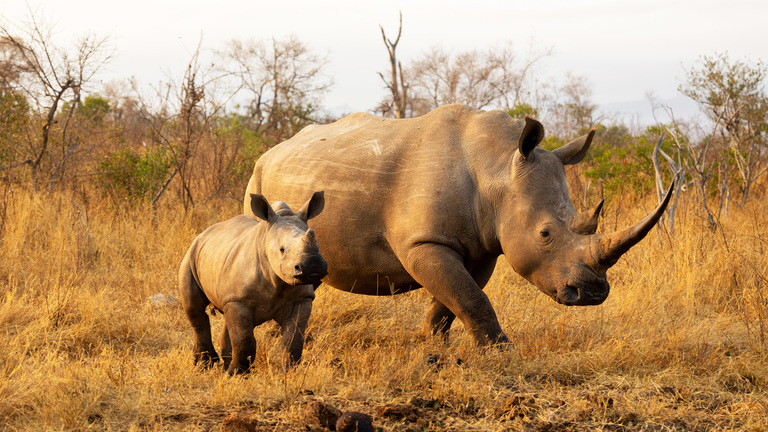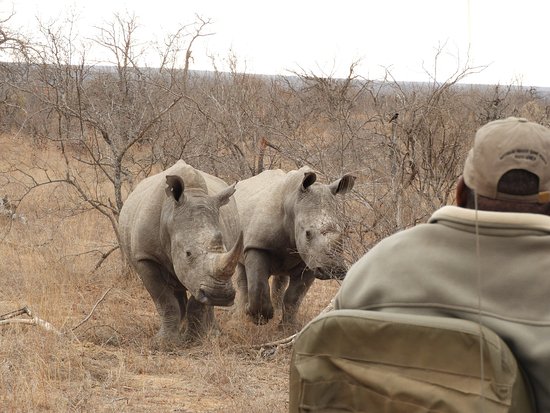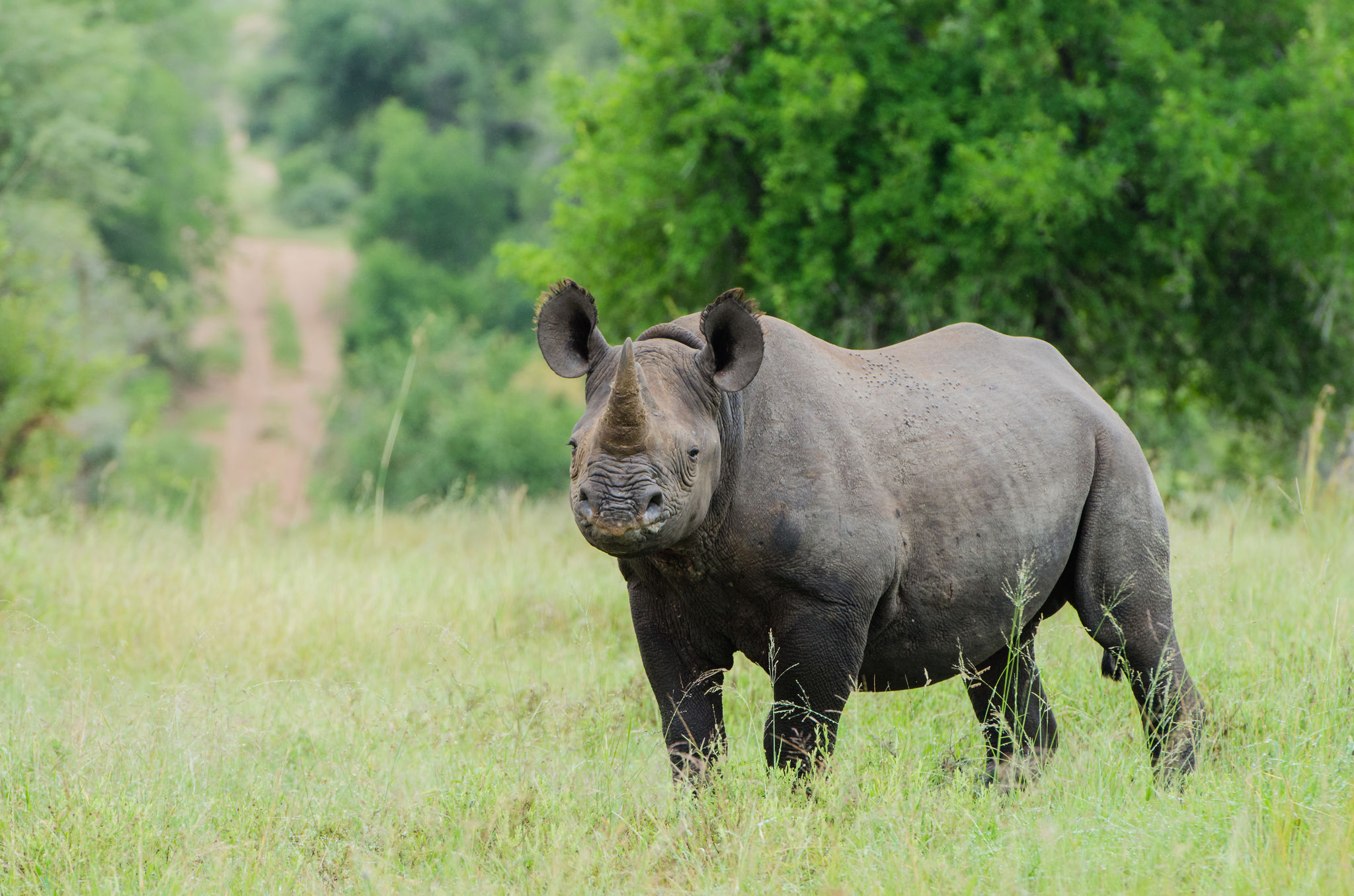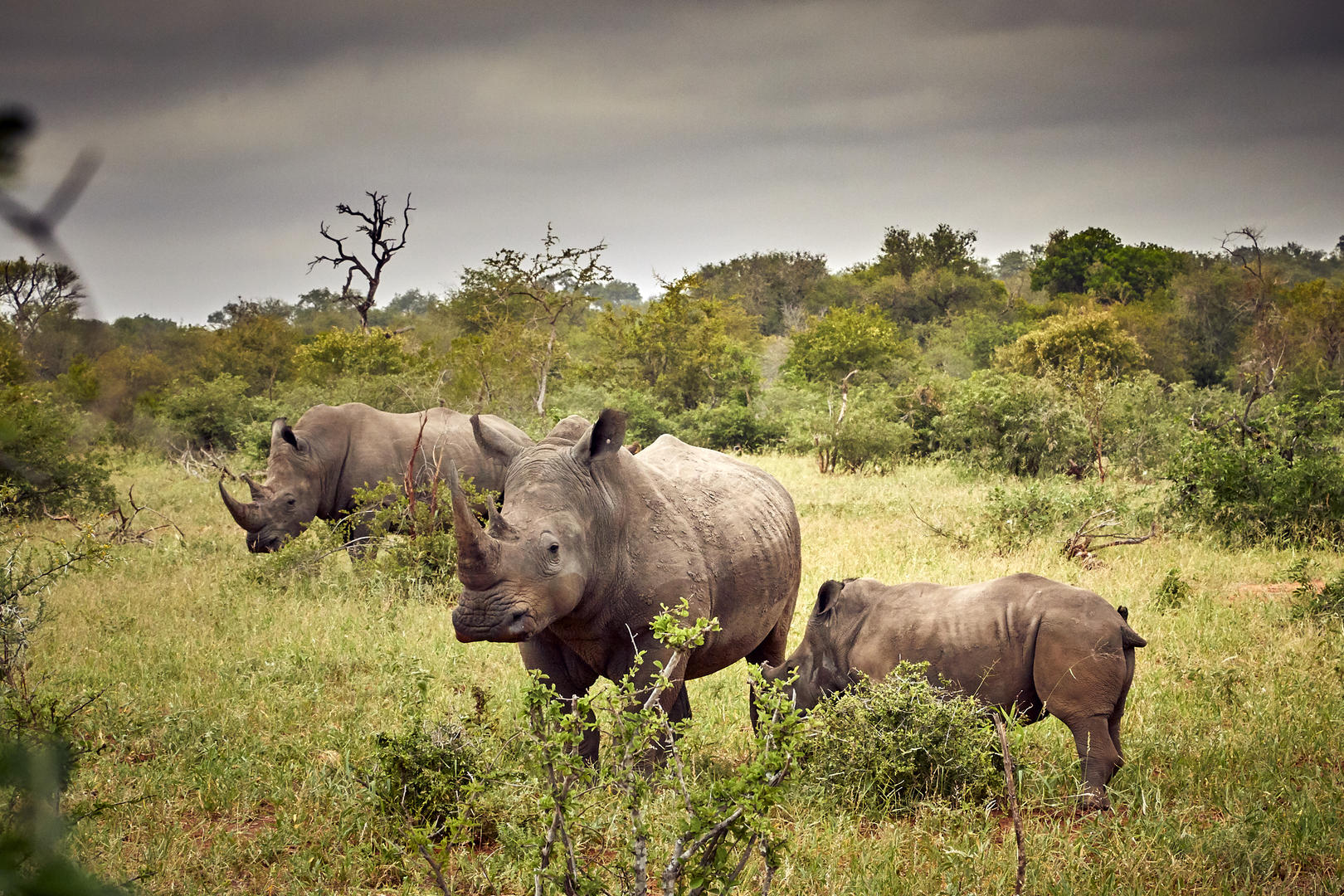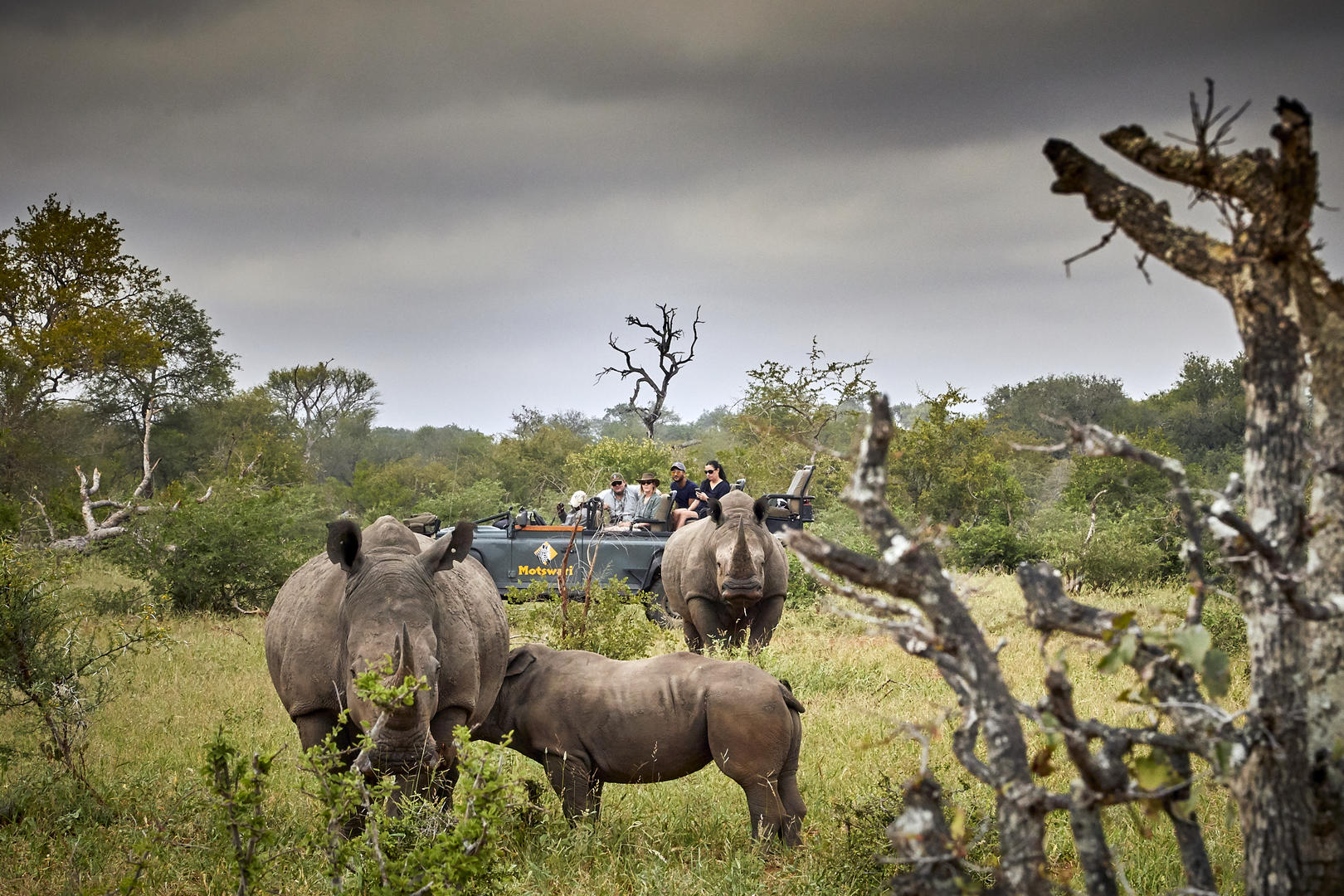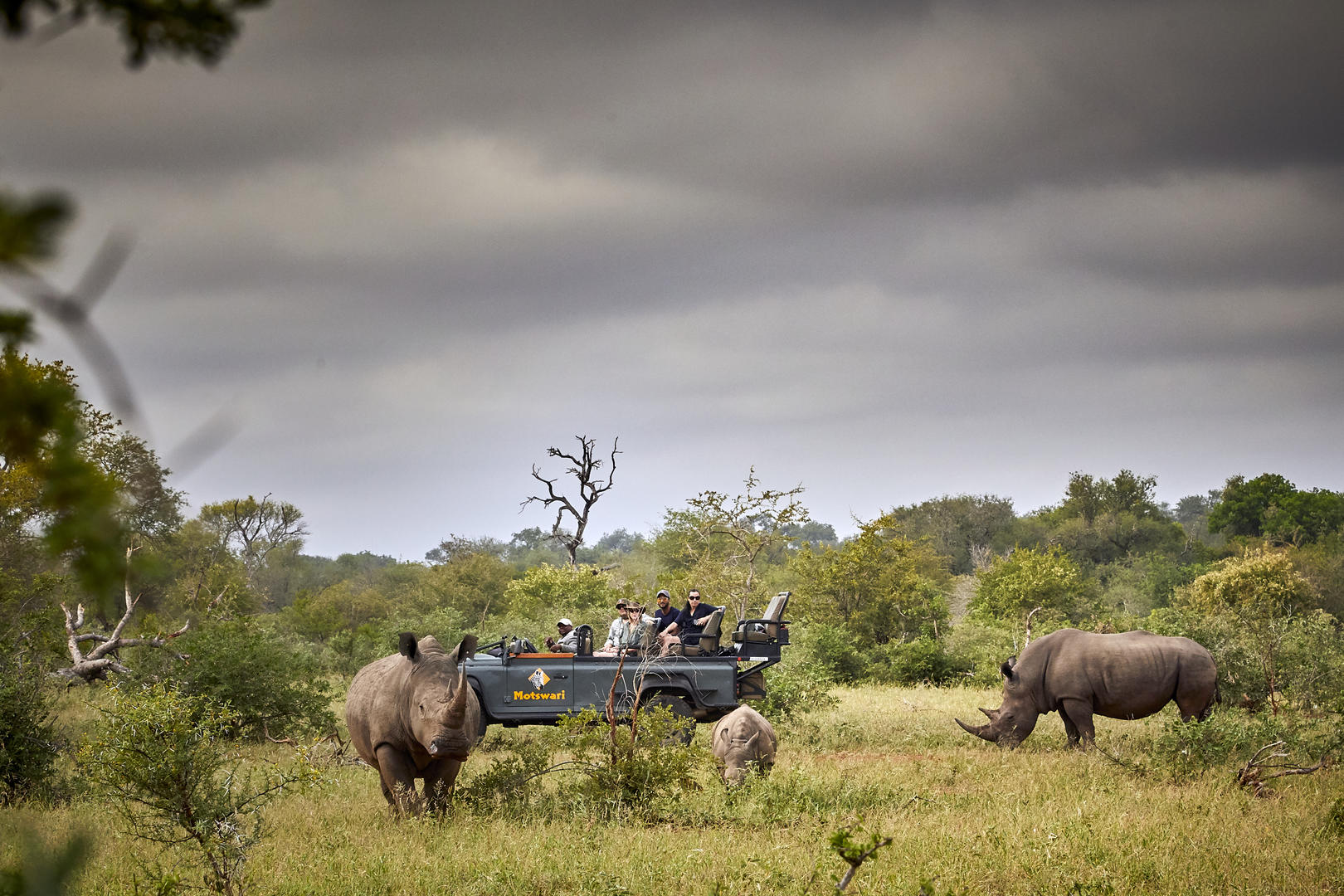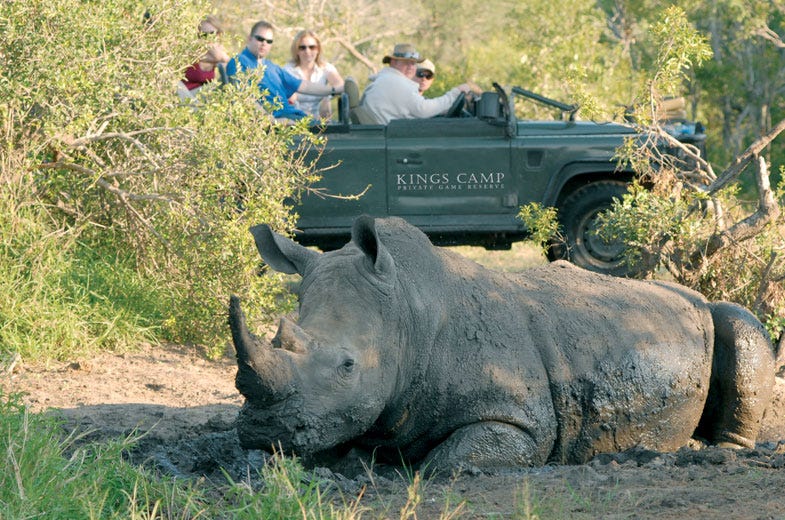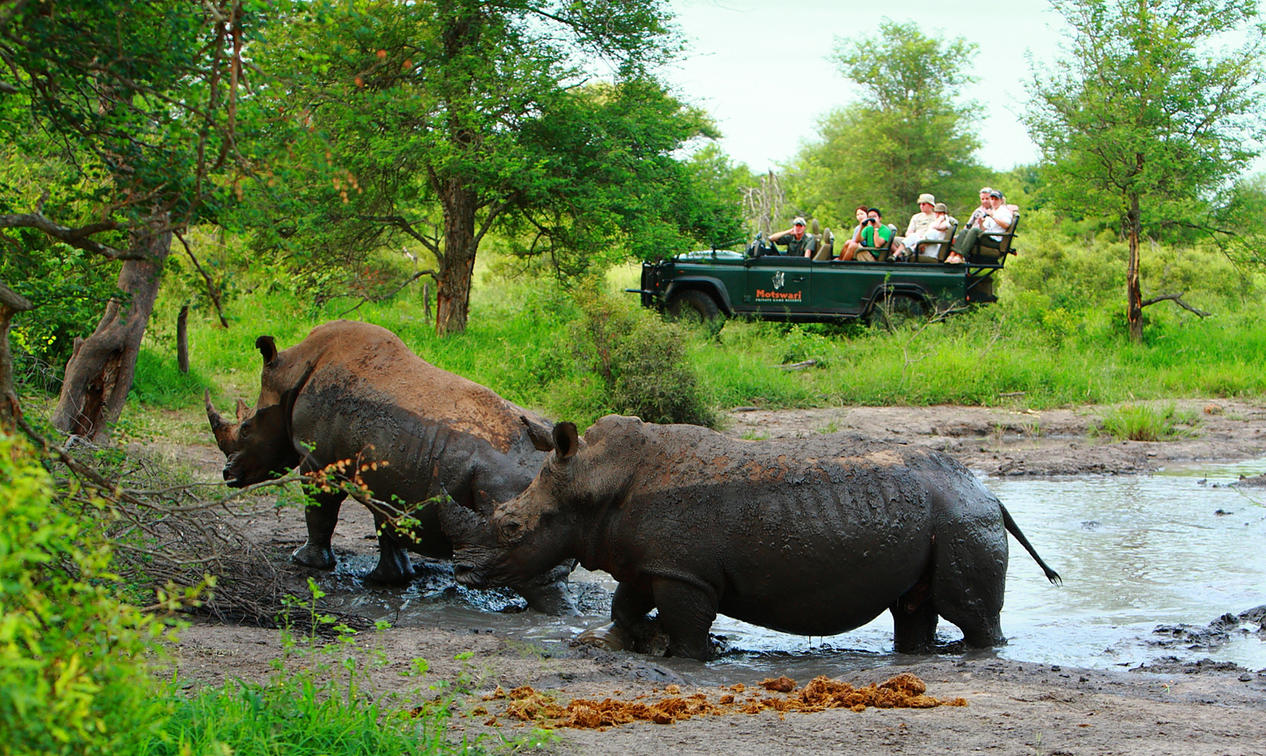Protecting the Rhino population and anti poaching efforts in the Timbavati
Part of South Africa's famous Kruger National Park, the Timbavati Private Nature Reserve serves as a haven for a variety of animals, including the well-known African rhinoceros. Due to the demand for rhino horn in traditional medicine and as a status symbol, poaching is a serious threat to this magnificent animal. Conservationists and local communities are stepping up their efforts to save rhinos and their habitats as awareness of the issue grows.
The Crisis of the Rhino
Over the past few decades, the number of African rhinos has drastically decreased. There were only about 100 white rhinos in the 1960s, but because to intensive conservation efforts, there are now about 18,000 of them. With less than 5,500 black rhinos left in the wild, the situation is increasingly dire. Since 2008, rhino poaching has increased, killing thousands of rhinos every year for their horn. Governments, local communities, and conservation organisations have been inspired to act by this concerning trend.
Timbavati's Anti-Poaching Initiatives
To address this issue, a number of anti-poaching programs are being put into place in the Timbavati. To create a multifaceted strategy for rhino protection, the reserve works with a network of local people, wildlife agencies, and conservation organisations.
- Enhanced Patrols and Monitoring
Increasing the number of anti-poaching patrols has shown to be one of the most successful tactics. Trained rangers keep an eye on the reserve's expansive expanses, frequently armed with cutting-edge equipment like drones and thermal imaging cameras. These rangers serve as deterrents to would-be poachers in addition to protecting rhinos. - Participation of the Community
In conservation efforts, local communities are vital. To increase understanding of the value of rhinos and the ecosystem they live in, the Timbavati Reserve interacts with nearby people. Locals are encouraged to see rhinos as important assets rather than poaching targets by offering education and alternate sources of income. - Cooperation with the Police
Cooperation between local and federal law enforcement organisations is necessary for effective anti-poaching tactics. The local police force and South African National Parks (SANParks) have a solid working relationship in Timbavati. By pooling resources and intelligence, they increase the likelihood of catching poachers before they can take action. - Innovative Technology
In the fight against poaching, technology has changed the game. Rhinos in Timbavati are equipped with GPS monitoring devices, which enable rangers to keep an eye on their whereabouts and react promptly to any questionable behaviour. Furthermore, real-time data from drones and surveillance cameras improves the capacity to identify poaching attempts. - Relocation and Dehorning
The contentious procedure of dehorning, in which rhinos are sedated and have their horns safely removed, is supported by some conservationists. Because the main target—the horn—is no longer there, this procedure drastically lowers the incentive for poachers. Another tactic being investigated to protect rhinos from poaching risks is moving them to safer locations.
The Poaching of Rhinos - Video
Ecotourism's Function
In the Timbavati, ecotourism is essential for financing conservation initiatives. The local economy and anti-poaching efforts are supported financially by visitors to the reserve. The Timbavati can guarantee that rhinos continue to be a useful resource rather than a target by encouraging responsible tourism. Visitors get the rare chance to witness these amazing animals in their natural environment, which strengthens the bond and highlights the importance of protecting them.
The Conservation of Rhinos in the Future
There is optimism even if the situation is still dire. Significant progress in rhino protection can be achieved with perseverance, creativity, and community involvement, as shown by the cooperative efforts in Timbavati. To remain ahead of poachers and guarantee the survival of these amazing animals, it will be crucial to conduct ongoing study and implement adaptive management techniques.
Governments and organisations are not the only ones responsible for conservation; everyone on the planet must work together. A change can be achieved by increasing awareness, promoting stricter laws against wildlife crime, and aiding conservation efforts.
The dedication of rangers, conservationists, and local populations offers optimism even if the battle to save the rhino population in Timbavati is far from over. Every action matters in the ongoing fight against poaching. Together, we can protect rhinos' future and make sure they continue to play a vital role in the rich biodiversity of our world for many years to come. Preserving the rhinos of Timbavati is not only about saving a species; it's also about preserving the shared ecological legacy and balance.
Protecting the Rhino population and anti poaching efforts in the Timbavati - Gallery
